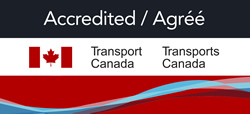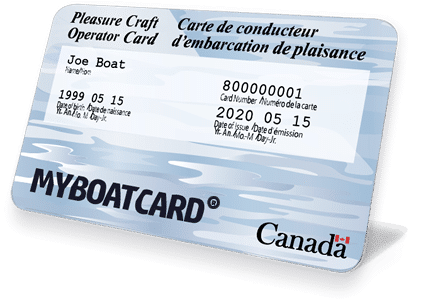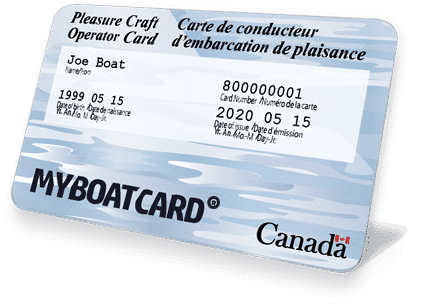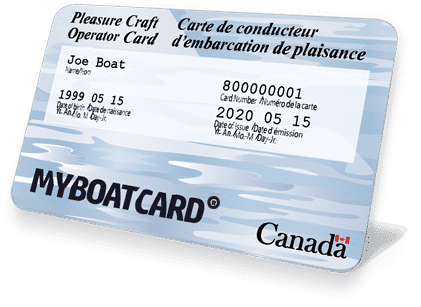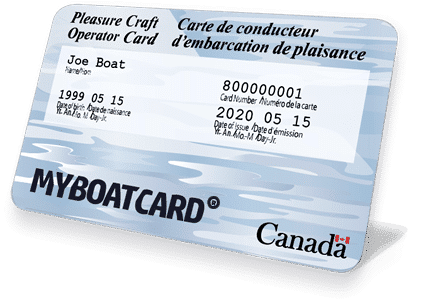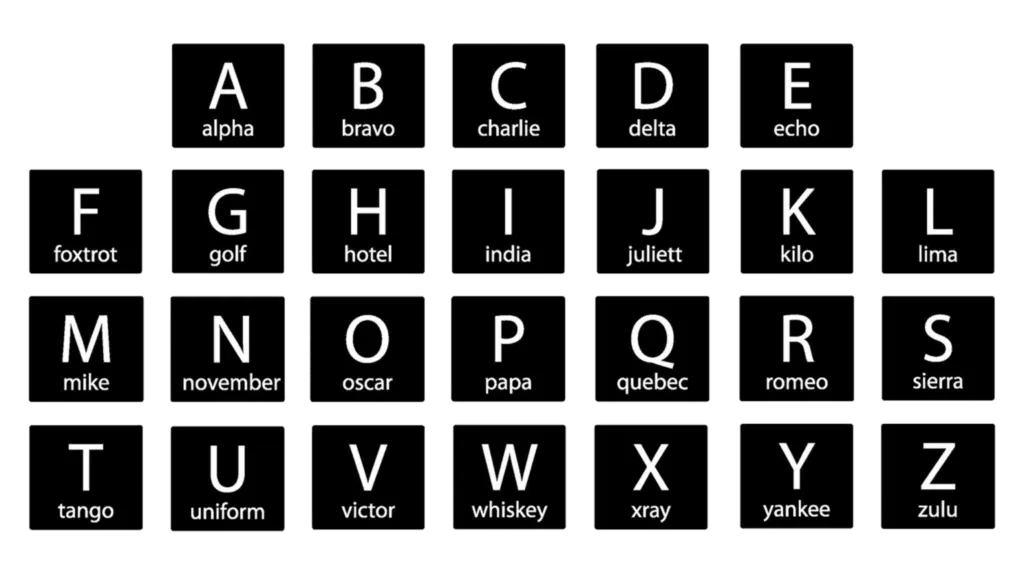
The NATO Phonetic Alphabet, officially known as the International Radiotelephony Spelling Alphabet, is a set of 26 code words used to identify each letter of the Roman alphabet (e.g., Alpha for “A”, Bravo for “B”). Each word (“code word”) stands for its initial letter (alphabetical “symbol”).
The purpose of the phonetic alphabet is to ensure that letters are clearly understood even when speech is distorted or unclear. This is particularly useful in noisy marine environments or over poor communication lines, and also in contexts where the speaker and listener do not share the same native language.
The NATO Phonetic Alphabet is used globally, including across Canada, to avoid misunderstanding due to poor radio transmission, dialects, or the simple misinterpretation of a critical message. It is often used in boat-to-boat communications by VHF marine radio and helps to avoid miscommunication when relaying information to search and rescue in the event of an emergency.
In this comprehensive guide, we will delve into the importance of the NATO Phonetic Alphabet for Canadian boaters, providing practical tips on how to use it effectively while navigating the waters of Canada. Whether you’re a seasoned sailor or a recreational boater, mastering this alphabet will enhance your communication skills on the water, ensuring safer and more efficient interactions.
Learning the NATO Phonetic Alphabet
Here is the complete list of the NATO Phonetic Alphabet that all Canadian boaters should familiarize themselves with:
| A | Alfa | N | November |
| B | Bravo | O | Oscar |
| C | Charlie | P | Papa |
| D | Delta | Q | Quebec |
| E | Echo | R | Romeo |
| F | Foxtrot | S | Sierra |
| G | Golf | T | Tango |
| H | Hotel | U | Uniform |
| I | India | V | Victor |
| J | Juliett | W | Whiskey |
| K | Kilo | X | Xray |
| L | Lima | Y | Yankee |
| M | Mike | Z | Zulu |
Each of these words was chosen to sound distinct and different from one another to reduce the risk of miscommunication.
Why the NATO Phonetic Alphabet Is Essential for Canadian Boaters
Practical Applications of the Phonetic Alphabet in Boating
- Emergencies: During emergencies, every second counts, and easily communicating your situation to rescue services using the NATO Phonetic Alphabet can lead to quicker and more efficient response times.
- Navigation: When sharing your location coordinates over the radio, the phonetic alphabet minimizes errors that can arise from misheard letters, ensuring that your exact position is understood.
- Radio Checks: Performing radio checks with harbors or nearby boats often involves spelling out call signs or other identification details using the phonetic alphabet.
3 Tips for Using the NATO Phonetic Alphabet
- Practice Regularly: Regular practice can help embed these codes in your memory, so they come naturally during real-world use.
- Keep a Cheat Sheet: Keeping a reference card on hand can be a helpful reminder until you are more confident in your usage.
- Use in Everyday Communications: Try using the phonetic alphabet in routine communications to become more fluent.
Phonetic Alphabet in Boating Education
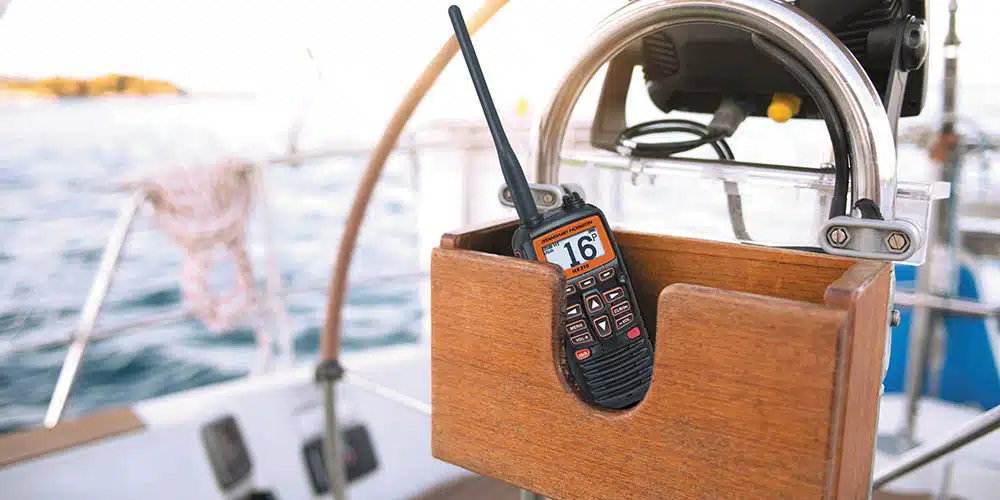
At MyBoatCard.com®, we emphasize the importance of the NATO alphabet in our Pleasure Craft Operator Card (PCOC) training, preparing Canadian boaters to communicate clearly and effectively when needed out on the water.
Essential Skill in Maritime Safety
The NATO Phonetic Alphabet is more than just a communication tool; it is an essential component of the maritime safety toolkit. By mastering this alphabet, boaters in Canada can ensure that they are understood accurately in all conditions, reducing the risk of miscommunication and enhancing safety on the water.
For more information on boating safety and effective communication techniques, visit MyBoatCard.com® free study guide, where we help educate Canadian boaters with the skills to enjoy a safe and enjoyable boating experience.
Mastering the NATO phonetic alphabet is just one of the many valuable skills you’ll gain from taking the MyBoatCard.com® boating safety course and obtaining your Canadian boating license (Pleasure Craft Operator Card), ensuring you’re fully prepared to communicate effectively and navigate safely on the waters.
